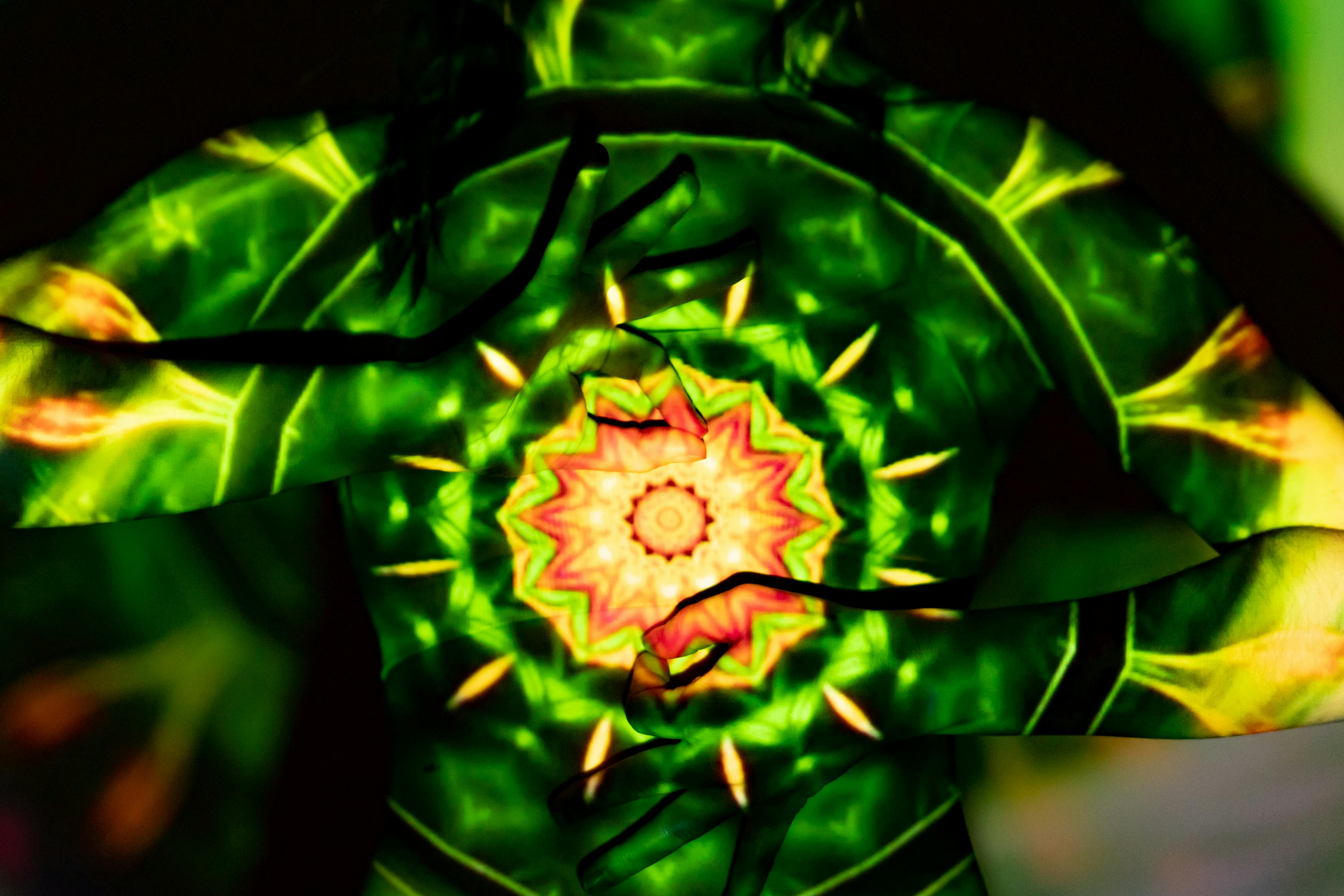It is exciting to live in a time of transition and experience many important changes first hand. This is true in our spiritual life, as well as in other aspects of our life. One such innovation is chaos theory, which is still being defined. We are seeing it taking shape.
Chaos theory began in the 1960s with the understanding that fairly simple mathematical equations could become very complex and that small differences in input could generate very different output. Then, in 1975, Mitchell Feigenbaum at Los Alamos National Laboratory discovered that in a small change that produced a significantly different result, there was an unexpected order. The word “chaos” is misleading as theory shows that what looks like disorder in a system actually leads to order. The 1970s saw various disciplines, from chemistry to meteorology, studying the theory.
Chaos theory represents the idea that within the defined limits of a complex system, there can be random disorder. This chaos is described in Chaos, Management and Economics: The Implications of Nonlinear Thinking by Stacy and Parker as “an intricate mix of order and disorder, regularity and irregularity: patterns of behavior that are irregular but nonetheless recognizable as broad categories of behavior, or archetypes, within which there is infinite individual variety.”
Business writer Margaret Wheatley in Leadership and the New Science: Learning About Organizing an Orderly Universe describes that it is natural for a system, be it human or chemical, to attempt to quell a disturbance when it first appears. But if the disturbance survives, then the process begins again, going from stability to instability. This process eventually creates a new order within the system, which, at some point, will also face disruptions. Some of these disturbances will stop and others will continue to create more chaos. This theory was the basis for the Nobel Prize in Chemistry won by Ilya Prigogine in 1977 and is related to most disciplines.
There are important aspects of this theory. One refers to the terms “linear” and “non-linear” relationships. A linear relationship has a cause and a result, it is considered a simple relationship and defines a simple system. In a nonlinear relationship, one cause can have many different outcomes, or one outcome can have many causes; is complex.
A second condition of chaos is that a nonlinear system is more than the sum of its parts. A complex system cannot be studied in parts or in isolation; a scientist cannot divide a system to understand its sections and then put it back together with a knowledge of that system. A non-linear system requires a holistic approach in which the behavior pattern of the whole, not the individual parts, is significant. This is similar to the spiritual concept that everything is connected. The gap between science and spirituality is closing as new information, like this theory, is discovered.
Another intriguing aspect of this theory is that it deals with human-scale elements. The other two post-Newtonian concepts in science dealt with cosmic proportions as a result of Einstein’s theory of relativity or the invisible and barely comprehensible proportions of quantum physics. Science had apparently ignored our lives, and anything too common, like studying clouds, was too mundane for real scientists. The chaos brought back a human perspective. This also helps reduce spirituality to a human level.
Most scientists recognize the theory of relativity and quantum physics as the two most important discoveries of the 20th century. Many are adding chaos, or the more general term complexity theory, to that elite group. We have been in a chaotic world, pretending it was structured with understandable rules.
Chaos, Management and Economics: The Implications of Nonlinear Thinking shows that the new theory also affects the functioning of our human organizations. They use the term “limited instability” in connection with this theory. There are limits, within which there is order, disorder, then order and disorder in a continuous process; this is chaos within a company. Knowing that it is okay to expect the unexpected and accept it as a matter of course can help us see business from a different perspective.
What makes this seemingly chaotic behavior habitable is the fact that, beneath the random activity, there is eventually a return to a new order. It is not the same order as it was initially, but stability in a system returns after a period of interruption. Perhaps we can begin to feel more comfortable, knowing that there is a structure underlying whatever modifications we are currently experiencing. We must remember “limited instability” and apply it to our spiritual life. Yes, there is instability, but it has limits beyond which it will not go. This allows us to trust again. There are limitations and, according to chaos theory, a new order will emerge, in all aspects of our life.
These turbulent times force us to change old ways of thinking. Understanding the role of science adds another dimension to our spiritual vision. Science discovered the technology that took us from the agricultural world to the industrial age to the information age. Accepting the scientific basis of this current age provides us with a scientific possibility of confidence and eventually even spirituality, because the new theory suggests an underlying order in our seemingly chaotic and spiritual lives.



